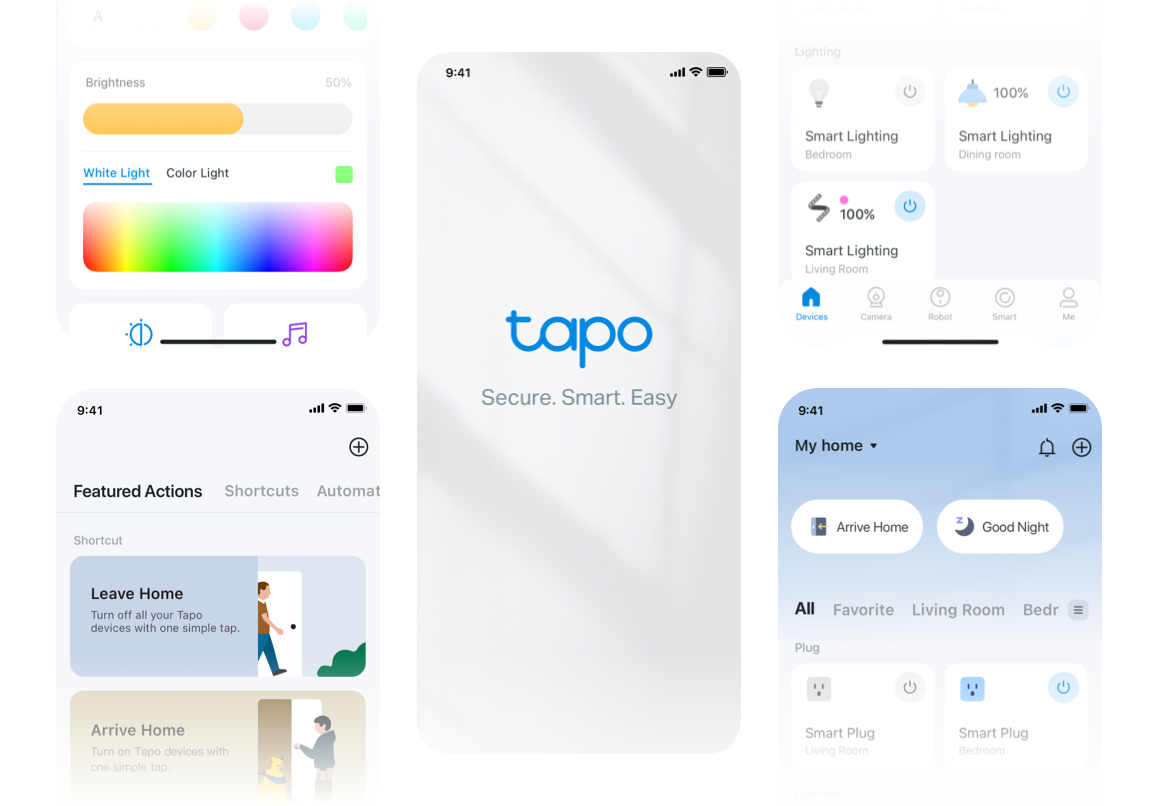The Nest x Yale lock first made its debut in 2018 and, five years later, it’s effectively been ignored for a while in Google’s updated smart home ecosystem. Without a proper sequel on the horizon, we’ve been looking at Yale’s new Matter-enabled smart lock which should be a good stand-in for Google’s overdue sequel, but instead, shows Matter’s limits yet again.
Yale Assure Lock SL is one of the first Matter-enabled smart locks for a door, and it rests on a pretty simple pitch. Instead of installing a lock on your door and needing a specific app to control it, why not just have one that pairs directly to your smart home app of choice?
It’s a good pitch, and a world I certainly want to live in, but the idealized pitch of Matter holds it back.
...
The other big appeal of a smart lock is the ability to set auto-lock timers, something Yale advertises right on the lock’s website. But, through the Google Home app, you can’t access that option at all. In fact, you can’t adjust any settings through the app. You can’t adjust the master code, add codes for guests, or really anything else. You can just lock and unlock. You can set up auto-lock on the lock itself, which works well enough, but I can’t even count the number of times I’ve turned that feature on or off on the fly on the Nest x Yale lock when I’ve had people working on my house, or when moving things in or out of the house.
The biggest deal-breaker for me in this is the inability to set up guest codes, which is a tremendous help when family and friends come by, or someone stays to watch our dogs. Instead of giving them our code, I can set one up that they pick and are more likely to remember, and also turn that code off if needed.
But that’s not Yale’s fault by any means. It’s just a limitation of Matter, and one we’ve seen time and time again. Whether it’s a smart light or anything else, adding a device through Matter instead of a dedicated app typically means sacrificing granular controls for the sake of simple setup and day-to-day functionality. And by no means does anyone have to feel bad for making that choice. The fact that this lock (at least in theory) should work without internet for locking/unlocking, and that I don’t have to have another app installed to control it is incredibly appealing. Thanks to Matter, I can also use it in the SmartThings, or Apple Home apps with ease, which is just great. Notably, it doesn’t work with Alexa right now.
Normally, this is where I’d add that you can just use the manufacturer’s app to unlock these features, but that’s actually not the case if you buy Yale’s Matter lock. It will only work via Matter, which is a bit odd, and perhaps the single biggest hurdle I’d have in recommending it to someone. That said, with much of the core functionality working without even a Matter connection, it’s at least functional if the needed Thread device in your home goes down.
